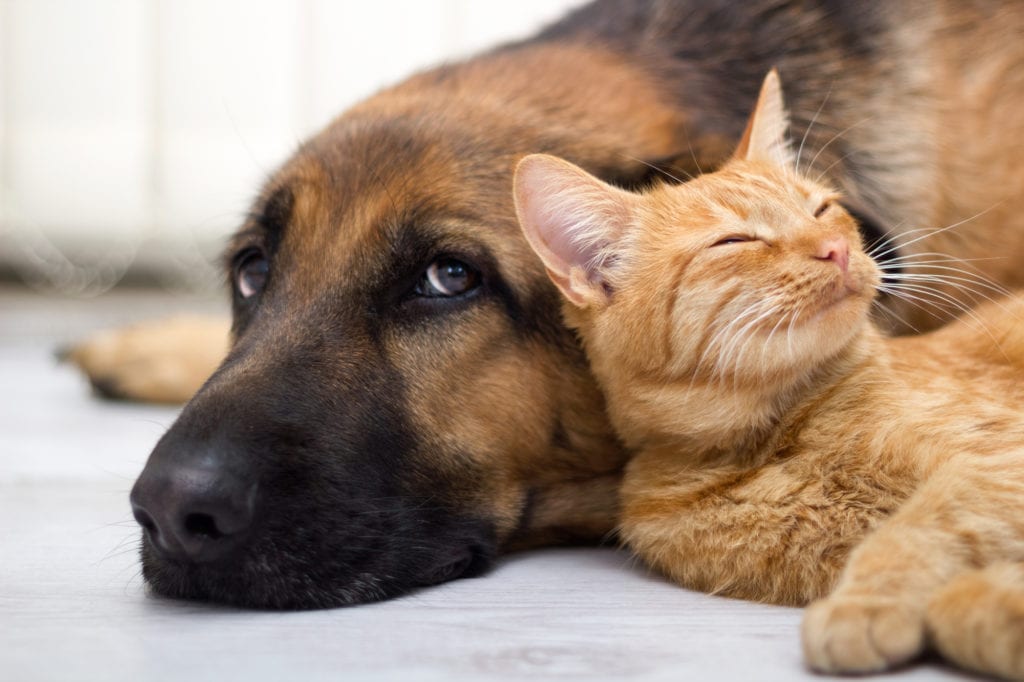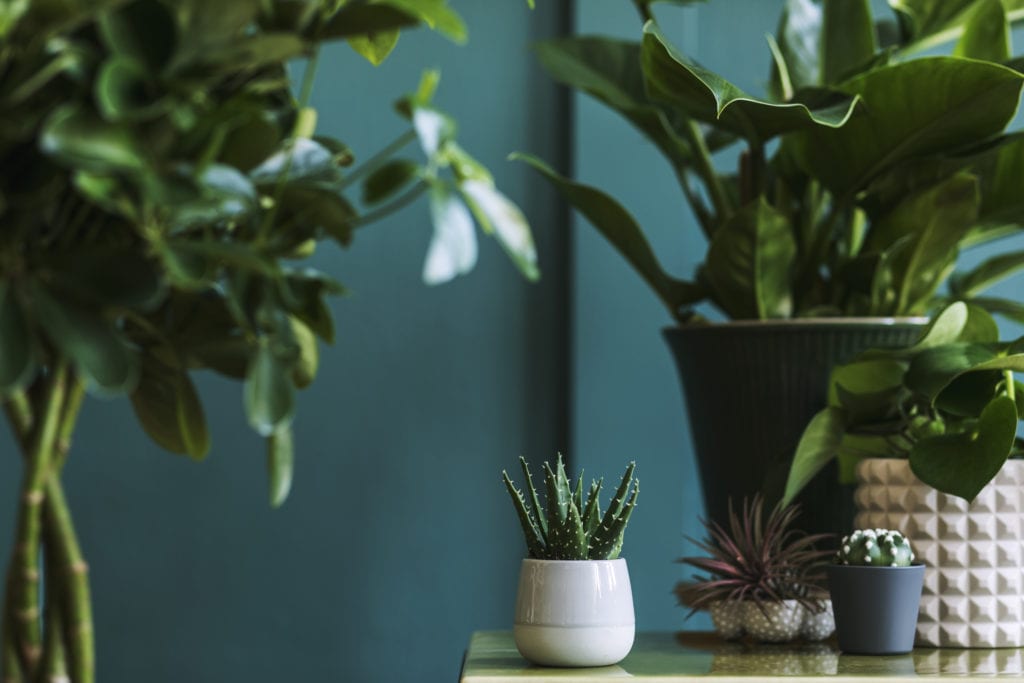
One of the rare up-sides of the COVID-19 pandemic is that people stuck at home have reached out to adopt pets in unprecedented numbers. More than 33% of individuals surveyed by TD Ameritrade in the summer of 2020 said that they were considering adopting a new pet, and as the pandemic continues, that number is likely to grow.
Adopting a pet is a common next step for many people who have recently purchased their first home. It’s often the first time that they have outdoor space, and who better to share it with than a friendly dog or cat? In fact, many younger home buyers are looking for houses for sale specifically to fit the needs of their dogs. This reason actually topped marriage as the primary motivator for buying a home in one survey done in 2017.
However, despite the joy they bring, pets are a lot of work. Dogs especially require regular walks, and since they’re generally outside more than cats and other small animals, your home’s outdoor space must be designed with their needs in mind.
Today, we’ll guide you through the process of pet-proofing your home and outdoor space, so you can ensure that your pet is safe and comfortable.
Pet-Proofing for Different Animals
Pet-proofing is something that every pet owner should do before their new family member arrives, no matter what type of pet they choose. The needs of dogs and cats are different from smaller animals or even reptiles, but it’s still important to go through the process if your pet will be spending any time at all out of their enclosure.
Even if you bring home a small rodent like a hamster, rat, or ferret, they will likely be out of their cage periodically for playtime, and the smallest bite of a toxic substance could be fatal. You don’t have to change the layout of your entire home, but the tips we’ve collected below will help you ensure your home is safer for your new playmate.
Our Best Pet-Proofing Tips
You don’t need to spend a lot of money on modifications for your new home to make it safe for a pet. Here are some of our best tips to make it easier.
- Get down on their level
When you first decide to bring home a pet, spend a few days going room by room, and look for hazards that are at pet-level. It will probably help to get down on your knees and crawl around, even if it looks ridiculous. This way, you’ll be able to see things that you might not have noticed from standing, like a drooping cord behind the coffee table or the forgotten cigarette underneath the couch.
Clean away and tidy up all of these potential hazards to ensure there’s nothing at knee-level or below that could pose a danger.
- Evaluate your house plants
Many common house plants look beautiful but are intensely toxic to dogs, cats, and other pets. Some of these toxic plants include:
- Lilies (including the popular indoor Peace Lily)
- Tulips and Narcissus bulbs
- Azaleas
- Oleander
- Kalanchoe
- Amaryllis
- English Ivy
- Pothos
If you have a plant in the house and you aren’t 100% sure you know what it is, you can use a mobile app like Garden Answers to determine its identity. If you’re still unsure, don’t take any chances. Throw it away.
- Lock away toxic chemicals and substances
Before bringing your pet home for the first time, lock away or elevate chemicals that could be hazardous. This includes everything from cleaning supplies and bleach to common pantry ingredients like coffee, chocolate, and onions. You don’t need to get rid of these, but make sure they’re high enough that they can never be reached by your pet, or locked away securely in a cupboard they can never open.
- Use child locks and gates, especially at the beginning
Any pet, no matter their age, will need to be slowly introduced to the layout of your home so they don’t get overwhelmed. A great way to do this, especially with young pets, is a baby gate. These gates, along with child locks, can be used to confine your pet to a small area at the beginning, to help them acclimatize and avoid bathroom accidents in carpeted areas. Gradually, you can introduce your pet to more of the home, once they can control themselves.
- Cover and hide away trash
Your trash, with its food debris, crinkly wrappers, and other tasty treats, is a huge temptation to your pets. Before you bring home a pet, invest in a new trash can with a secure lid, or better yet, hide it away completely in a cupboard or drawer.
- Fence in your yard
If you want to give your dog or cat the freedom to roam around outside unsupervised, you must make sure your yard is fenced in. This is a big project, but it’s a huge benefit to pets that are eager for the outdoors. If you have a securely fenced-in yard, you’ll be able to let your pet outside to do their business without having to have them on a leash. This saves you lots of time and will help minimize interruptions to your day.
Contact Our Windsor Real Estate Team for More Home Ownership Tips
Our staff on the Dan Gemus Real Estate team have been helping new homeowners in Essex County for the last 10+ years, and we love to share tips on how we do it. To learn more about homeownership and what it’s like to buy a home in the Windsor and Essex Country area, read our blog, or get in touch with us today to talk to one of our experts.

